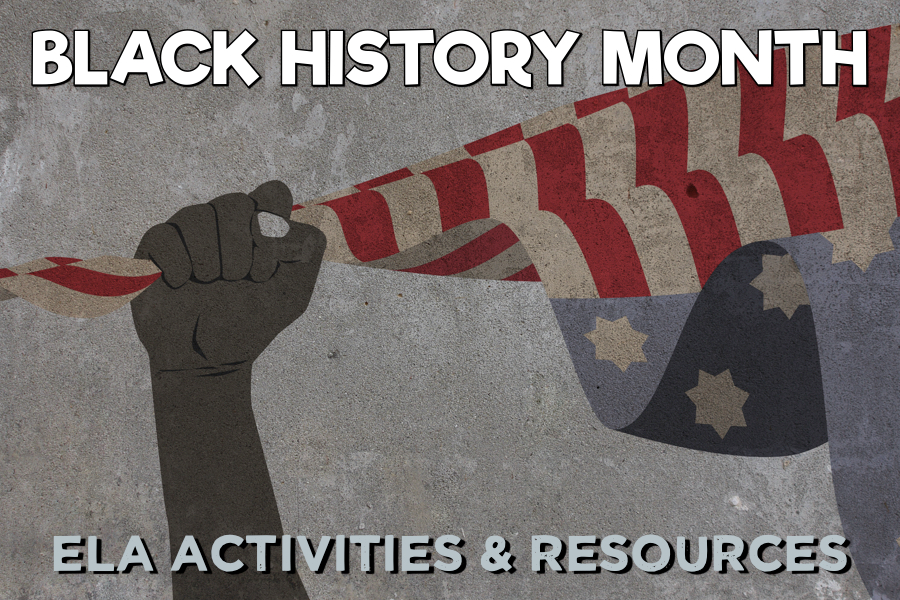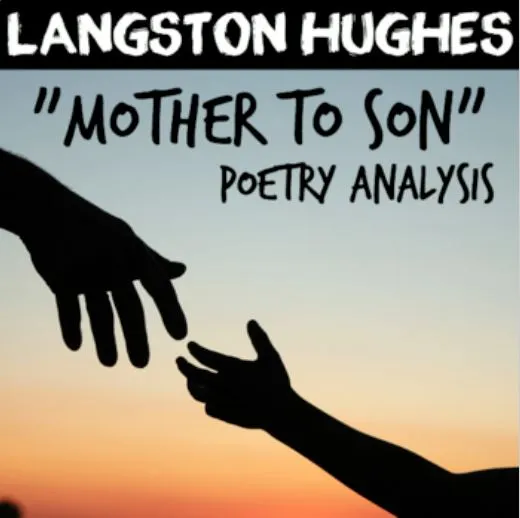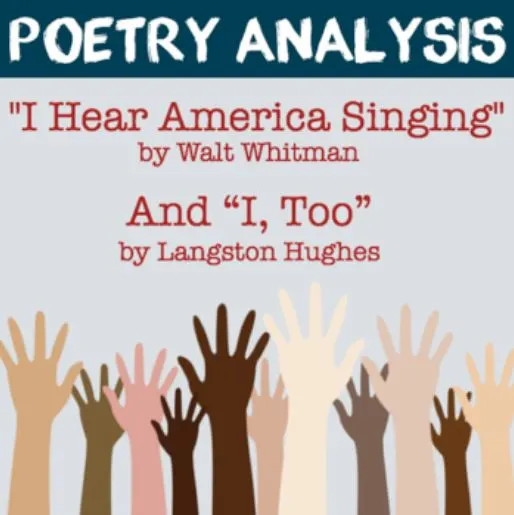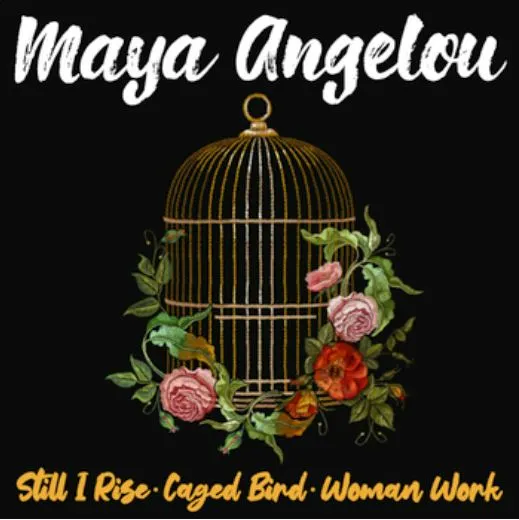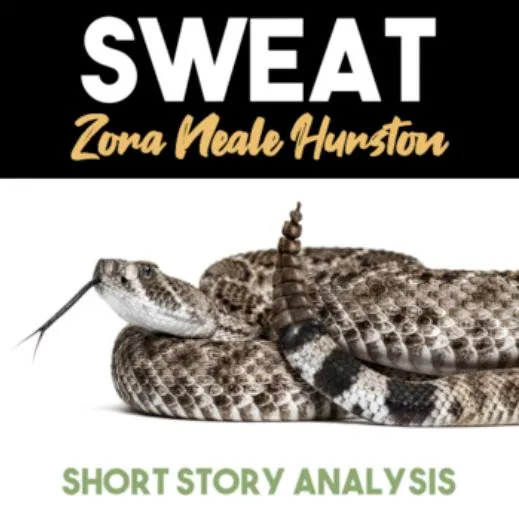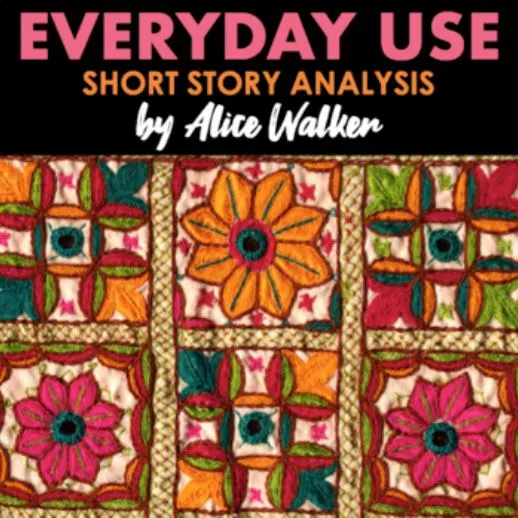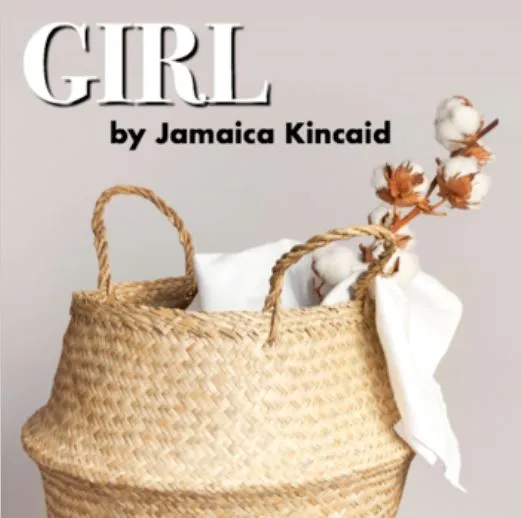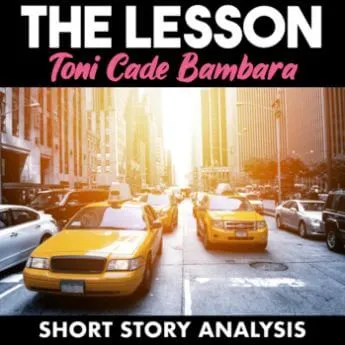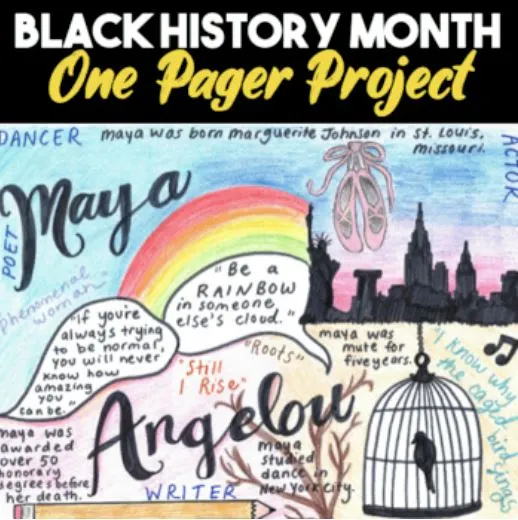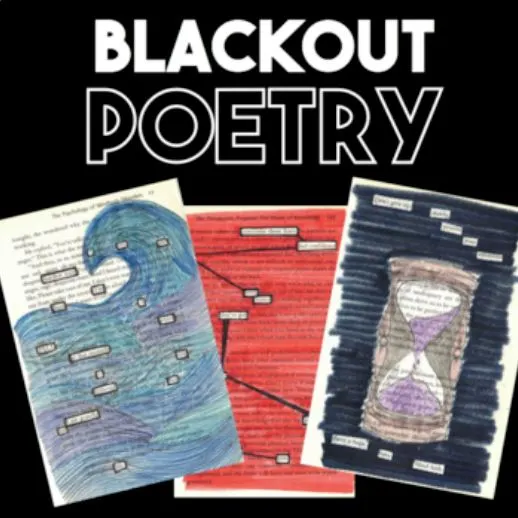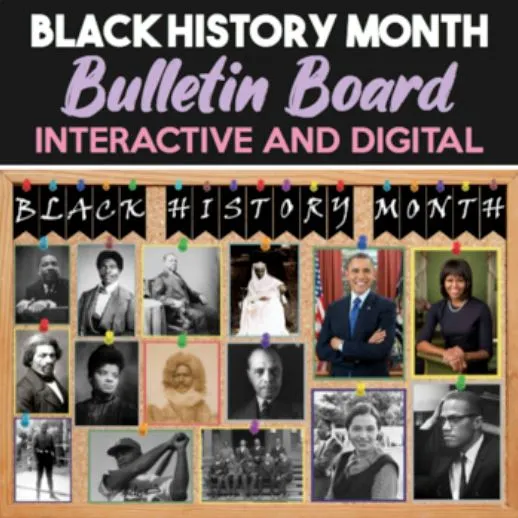Looking for ways to acknowledge Black History Month in the ELA classroom? Look no further. This post covers various poems, short stories, and engaging activities that are perfect for celebrating black voices in literature this month and beyond.
With February being Black History Month, it’s the perfect time to showcase the black voices of the past and present in the ELA classroom. While I encourage you to extend the representation of black authors across the school year, Black History Month provides a springboard for meaningful and relevant discussions around race, identity, inequality, and literature in general.
There are many ways to incorporate Black History Month in the ELA classroom, between reading influential works of literature, researching to influence people, and holding meaningful discussions. To help you celebrate Black History Month in your ELA classroom, I’ve put together a list of poems, short stories, and activities you can teach this month and beyond.
Poems to Teach During Black History Month
Poetry might be one of my favorite ways to celebrate black voices in the ELA classroom during Black History Month. Not only do these poems highlight black voices, but they also make for engaging discussions, critical thinking, and enlightening analysis. Regardless of how you choose to incorporate these poems into your classroom, one thing cannot be denied: while the poems below are short, the messages they carry run deep.
1. “Mother to Son” by Langston Hughes
At its core, this poem is about resilience and hope, despite the difficulties life throws your way. Hughes beautifully employs an extended metaphor about climbing a set of stairs, contrasting the staircase climbed by whites versus people of color. While the message of resilience is certainly universal, the poem serves as a well-crafted representation of determination and survival in the face of American racism in the 1920s.
After reading the poem, it’s always fun to ask students to write a parent-to-child poem to their hypothetical future child. What would be the advice and encouragement they would give?
2. “I, Too” by Langston Hughes
“I, Too” is another beautifully crafted poem by Hughes that explores themes of racism and the American identity. The poem, told through the eyes of a black man, details the realities of finding one’s American identity as a black man during the Harlem Renaissance. However, the power of the poem lies in its prideful tone as the speaker of the poem stands by the fact that, despite racial inequalities, he is part of America.
This poem is a great segue into a discussion about whether or not the words and themes still resonate with minorities in America today.
3. “Still I Rise” by Maya Angelou
Angelou crafts a poignant yet inspirational message with her poem, “Still I Rise.” This is a poem about resilience, self-respect, and self-love. “Still I Rise” tells a story of loving oneself despite the judgment, hate, and oppression from others. It’s a story of not letting life’s hardships determine one’s worth or success. Have students analyze how the repetition of the phrase “still I rise” throughout the poem emphasizes the poem’s overall message.
With its references to historical and current challenges faced by the black community, this poem is a great discussion starter around the black identity in America as well as self-acceptance and determination.
4. “For My People” by Margaret Walker
Walker’s poem is a beautiful tale of love and heartache, hardships and triumphs, and challenges and resilience. She skillfully explores these paradoxes throughout the piece, crafting a message of both tragic truth and hopes for the future. Have students unpack the references Walker makes throughout her poem, discussing how they come together to tell a powerful and thought-provoking history of African Americans.
Students can analyze the structure and strong diction Walker employed through her poem and how it balances a sense of racial injustice while building toward her message of hope, resilience, and freedom.
5. The Laws of Motion by Nikki Giovanni
Introduce Giovanni’s “The Laws of Motion” by asking students if they can recall Newton’s Laws of Motion. Not only does this call upon student’s prior knowledge, but it opens the doors for some really powerful discussions after reading Giovanni’s poem as students connect the dots between Newton’s scientific findings and the poem’s underlying message: just like the Laws of Motion are constantly impacting everyday life, so are the realities of racism, discrimination, and stereotypes of people of color.
Students can unpack the implications this poem has regarding racism, identity, and humanity in general.
6. American History by Michael S. Harper
Michael S. Harper’s “American History” is the perfect example of how few words can say much. While the entire poem is just 39 words, it packs a powerful punch. First published in 1970, the poem is rooted in reference to a 1960s church bombing in Birmingham that killed four young girls. Have students look up the incident to strengthen their understanding of Harper’s allusion used to call out the injustices and tragedies faced by black people throughout history.
The poem ends with a powerful question, “Can’t find what you can’t see, can you?” to call out the continued ignorance of the American people around the realities of racism in both the past and present, giving students plenty to talk about.
7. “The Hill We Climb” by Amanda Gorman
At just 22 years old, Gorman’s youthful inspiration resonates with younger generations as she calls for hope, resilience, and unity. I recommend showing a video of Gorman reading her poem at the 2021 Inauguration to achieve full effect. I love asking students to unpack Gorman’s final lines: “For there is always light, if only we’re brave enough to see it. If only we’re brave enough to be it.” What are the implications of these final words on our students? On society as a whole?
This poem makes for a powerful and inspiring modern-day connection to many of the other poems on the list, including “Mother to Son,” “Still I Rise,” and “For My People.”
Short Stories to Teach During Black History Month
Short stories are another powerful learning tool for exposing students to a variety of voices and perspectives. They make for great mentor texts when teaching literary devices or conducting close readings. Additionally, they are the perfect short texts to pair with longer novel studies. Discover some of my favorite short stories by black authors to teach during Black History Month and beyond in the list below.
1. “Sweat” by Zora Neale Hurston
Zora Neale Hurston’s story is a strong example of characterization, specifically the development of protagonist Delia’s character, which ultimately leads to her sense of victory following the story’s plot-twist end.
2. “Main Street” by Jacqueline Woodson
While race isn’t a glaring focus of the story, Woodson does a beautiful job candidly weaving in instances of racial prejudices throughout this story, providing a springboard for deeper discussion.
3. Everyday Use” by Alice Walker
This story is an excellent way for students to explore internal and external conflict while discussing the prominent themes of individual identity and cultural, societal, and familial norms and expectations. It’s also a great example of first-person narration.
4. “Thank You, M’am” by Langston Hughes
In addition to having wonderful characterization, this story is a short, yet powerful piece about the power of kindness and empathy and the implications of stereotypes and passing judgment on others.
5. “Girl” by Jamaica Kincaid
.This story is the perfect opportunity to guide students toward a meaningful discussion around expectations and the influence and control parents can have over their children’s identities. As you can imagine, students have a lot to say about this matter.
6. “So What Are You, Anyway?” by Lawrence Hill
Students must read between the lines to understand the message and growing tension in Lawrence Hill’s “So What Are You, Anyway?” Thanks to Hill’s strong use of indirect characterizations, this is the perfect piece for students to practice making inferences.
7. “The Lesson” by Toni Cade Bambara
Students always find this story highly relatable as they recall their own experiences of realizing the harsh realities of the world in which we live. Furthermore, this story is the perfect springboard for discussions around social, racial, and financial inequality.
8. “Recitatif” by Toni Morrison
In addition to unpacking the relationship between the two main characters, students will love the challenge of deciding which character is which race, opening the doors for discussion about race relations and stereotypes.
Engaging Activities for Black History Month in the ELA Classroom
Incorporating Black History Month in the ELA classroom should go beyond reading black voices. There are tons of ways to immerse your students on a deeper level, engaging them in various activities that promote deeper insight and inspire further critical thought.
Here are some of my favorite activities for Black History Month:
- Black History Month One-pager: Have students research important African American figures in literature or history in general and compile a concise and creative one-pager report. Alternatively, you can assign a one-pager project to accompany any of the short stories or poems mentioned in this post. Use these one-pager templates for hassle-free planning.
- Blackout Poetry: Assigning a blackout poetry project is a great way to get students thinking deeply about the power words hold to relay themes, emotions, and experiences. Have students create blackout poetry using pages from the works of black authors to summarize a specific concept or theme, or even to express their own identities.
- Black History Month Bulletin Board: This digital interactive bulletin board is the perfect activity to engage students with Black History Month. This project gets students to research, analyze, synthesize, and make connections as they explore important figures who have changed the course of race relations and social justice in America.
- Literary Device Scavenger Hunt: A scavenger hunt is an engaging activity for getting students to interact with the work of black authors while reviewing the impact literary devices can have on a piece of literature. Set up various stations with an array of excerpts, short stories, and poems by black authors and send students on a scavenger hunt to find examples of a list of literary devices.
- Quote of the Day: Kicking off class with a quote of the day is a simple yet engaging way to start the day. For the month of February, focus on using quotes by influential black figures as an effective way to acknowledge their contributions to literature, history, science, and society as a whole. These quotes provide a low barrier to entry for engaging classroom discussions and help set the tone for the rest of the class period.
A Final Word on Teaching During Black History Month
Teaching during Black history month is so much more than talking about the Civil Rights Movement. We can’t stop at discussing key figures like Martin Luther King Jr., Rosa Parks, and Ruby Bridges. Instead, Black History Month is the perfect opportunity to showcase diversity even within Black voices in literature.
I hope this post inspires you and helps you shake things up when teaching Black voices during Black History Month and beyond.
